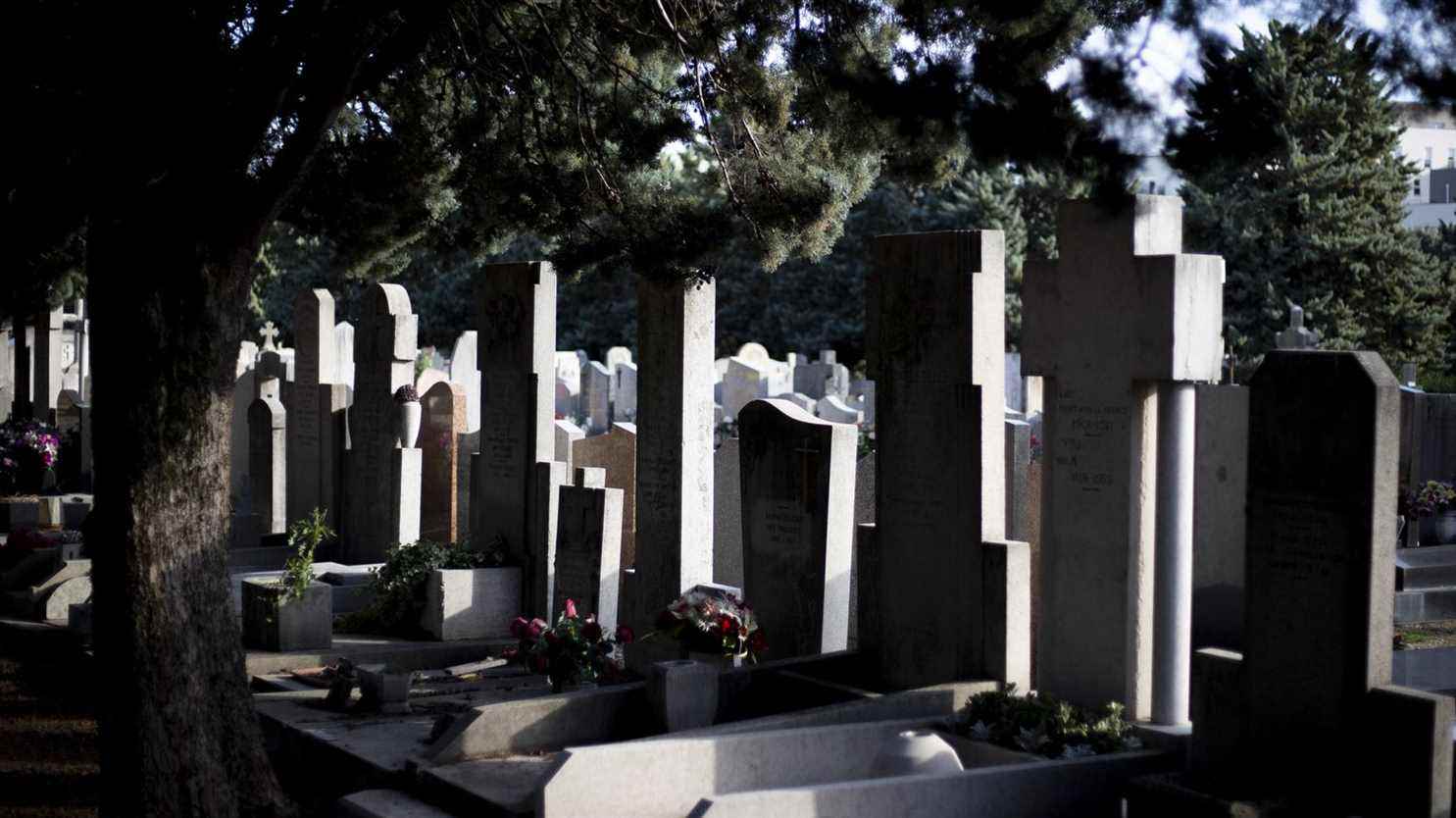There are many travel allegories in funeral rites, whether it is the Viking funeral boat or the Egyptian boat. Death then passes from the state of simple terminus of a life, to a process of transit towards a new stage, whether it is reincarnation or access to another world.
There is an average of 600,000 deaths per year in France, or one every 50 seconds. That makes so many transports, and rites according to cultures, religions and regulations. With the Covid-19, these funerals have become a headache for families, and the importance of being able to say goodbye to loved ones has been highlighted. However, funerals are also major emitters of pollution, whether in the ground or through CO2 emissions.
The funeral gives the opportunity to pay a last tribute to the deceased. It is then possible to leave the traditional wake to offer more original approaches, in order to pay the best possible homage. Thus, in the United States, you can send your ashes into space, integrate them into fireworks to end in apotheosis, or turn them into jewelry, a way of keeping the emotional bond with the loved one. You can also mix your ashes with an ecological concrete which becomes an artificial marine reef sheltering fauna and flora. This concept makes it possible to give meaning to the deceased who, in return, helps life to develop elsewhere.
Culturally, other countries celebrate the last trip in a more joyful way, whether it is to mark the beginning of a new stage, or simply to pay homage to the deceased. In Ghana, for example, dancing and singing coffin bearers accompany the deceased to their final resting place. “The coffin dance”: the funeral choreography of six Ghanaians goes around the world.
In France, the legislation is stricter, but the last trip must also be imagined in all cases. The question thus arises for the astronauts of the ISS, in the event of death during a mission. No question of releasing the deceased into space. The Promessa company therefore proposed to NASA a bag allowing the body to be locked outside the station in order to freeze it, then to shake the body violently to reduce it to dust.
Beyond the pain and the psychological aspect for loved ones, a death is also a significant source of pollution. A burial emits an average of 1,200 kilograms of CO2, the equivalent of a trip of 4,000 kilometers by car. The CO2 emissions are all the greater since, in general, the funeral monument (which represents 88% of the pollution) travels a lot. 4 out of 5 monuments are imported (mainly from China).
But in addition to CO2, burial releases polluting elements into the soil, such as heavy metals, prostheses and implants with, in addition, soil contamination by treating products to ensure the preservation of the body (methanol, glycol, eosin ). A cremation, it will emit only 233 kilos of CO2, or the equivalent of a journey of 1000 kilometers by car. However, the gases given off can also be toxic, especially by burning heavy metals or formalin used to preserve the body.
Humusation is also an ecological solution, promoting life and thus giving meaning to death. “Humusation is a regenerative burial method, which transforms human bodies into healthy and fertile humus in a few months, under the action of microorganisms in the soil. Each tree nourished with this humus would represent a deceased person or a family. of the deceased then reunited “, emphasizes Pierre Berneur, co-founder of the Humusation France project.
According to specialists, the soil resulting from this humusation would allow planting and nourishment, at least, twenty trees, which would absorb, in 20 years, all the CO2 emissions of a lifetime! A nice gesture for the planet and future generations. One could thus imagine the future of cemeteries which would be forests where each tree would represent a deceased.
“If all French people were ‘humused’, we would have 10 million trees planted per year and past generations would offer beauty, shade, oxygen and biodiversity to future generations!”
Pierre Berneur, co-founder of the Humusation France projectto franceinfo

To make humusation a reality, the Humusation France association acts to bring together the cultural, technical and legal conditions necessary for its implementation. Remember that currently 70% of the French prefer burial to cremation, but a ritual respectful of the planet from the transport seems to be gaining ground.
“On the premises, we can have recourse to horse-drawn transport, that is to say in a horse-drawn carriage. There is a double effect: ecological and psychological. And on longer journeys, there are already electric hearses”, says Sandra Roland, ecological funeral consultant.
From horses to electric hearses, the funeral is a reflection of society, it is the occasion of a celebration in honor of the deceased in certain countries or, closer to home, a more solemn moment made of meditation and of compassion.
